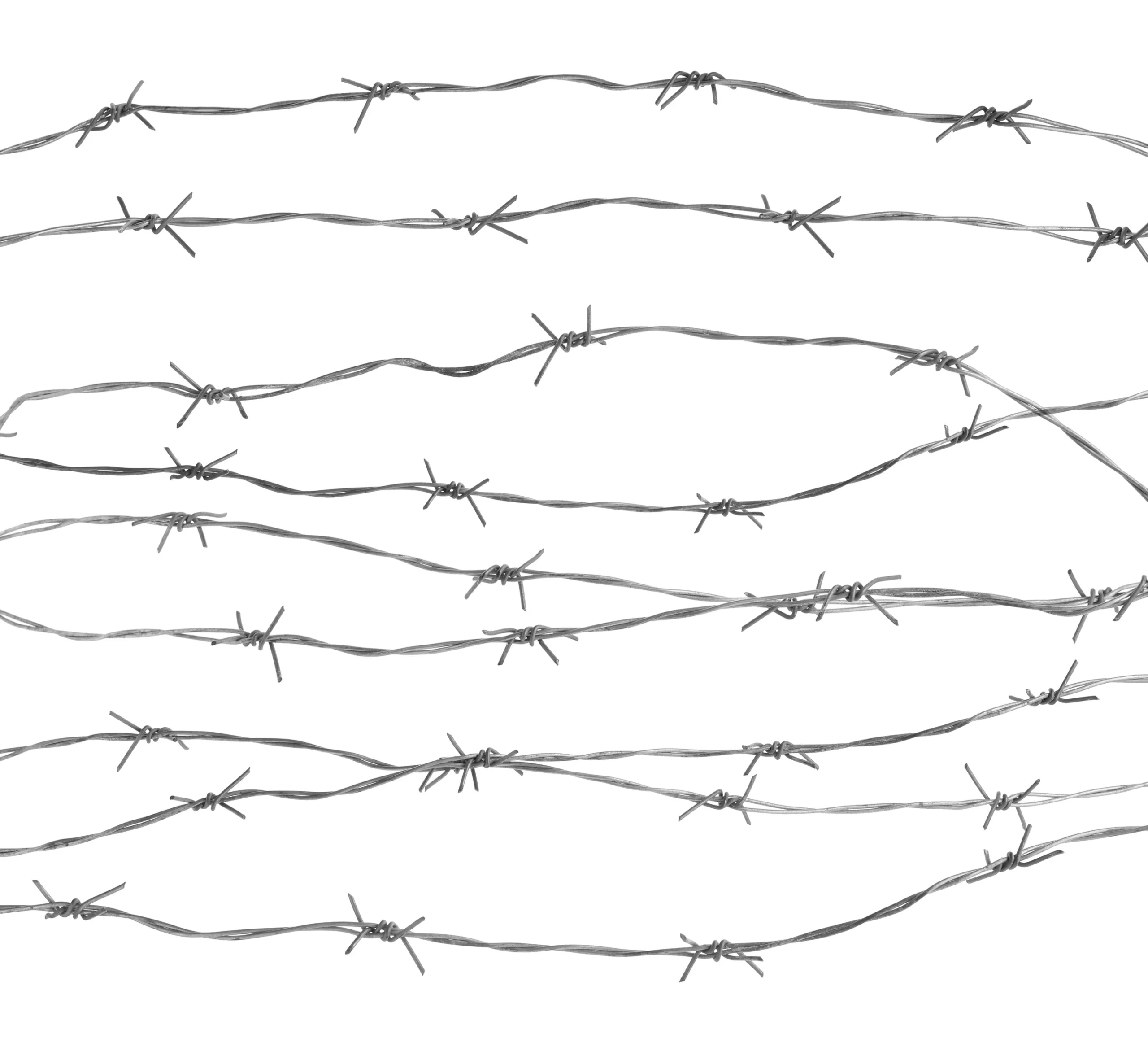Bipolar disorder has a complex effect on the lives of those affected, creating a journey filled with ups and downs that impact not only moods but also the way people see the world around them. There are multiple subtypes under the umbrella of bipolar disorder – namely, bipolar disorder 1 (BD1), bipolar disorder 2 (BD2), cyclothymic disorder, and unspecified bipolar disorder. 2.4% of the global population is on the bipolar disorder spectrum, and of this, 0.6% are BD1 and 0.4% are BD2.[1] Here, we explore the key differences between these two types.
BD1 and BD2 bring their own challenges, and recognising the differences is the first step towards offering the right kind of help and understanding for each condition. It’s about moving beyond labels and understanding the personal experiences behind these terms. This approach facilitates the ability to tailor support for those living with BD1 or BD2, emphasising personalised care and the importance of a comprehensive understanding of treatment strategies.
Understanding Bipolar Disorder – The Overview
Bipolar disorder is characterised by extreme mood swings that include emotional highs (mania or hypomania) and lows (depression). These mood episodes significantly affect a person’s life, behaviour, and ability to function.
Manic episodes lead to high energy, reduced need for sleep, and loss of touch with reality. In contrast, depressive episodes result in low energy, low motivation, and loss of interest in daily activities.[2]
Bipolar Disorder 1 (BD1)
Bipolar 1 is characterised by the presence of manic episodes that last for at least a week or are severe enough to require immediate hospital care. The DSM-5 outlines specific criteria for diagnosing BD1, focusing on the severity and duration of manic episodes. These episodes are marked by elevated or irritable moods, increased activity or energy levels, and other symptoms that are a distinct change from a person’s usual behaviour.[3]
Possible triggers for manic episodes can vary widely and may include stress, changes in sleep patterns, or substance use. Symptoms of mania include:
- Increased self-esteem
- Decreased need for sleep
- Being more talkative than usual
- Racing thoughts
- Distractibility
- Increased goal-directed activities
- Excessive involvement in risky behaviours
The impact of these episodes on daily functioning can be significant, leading to difficulties in relationships, work, and maintaining a healthy lifestyle. Complications can include psychosis, anxiety disorders, and substance misuse.
Bipolar Disorder 2 (BD2)
Bipolar 2 is defined by the occurrence of at least one hypomanic episode and one major depressive episode. Unlike BD1, the hypomanic episodes in BD2 are less severe and do not require hospitalisation.[4] However, the depressive episodes can be particularly severe and longer-lasting.
The DSM-5 provides specific criteria for diagnosing BD2, emphasising the need for at least four days of hypomanic symptoms that represent a noticeable change from usual behaviour. Hypomanic episodes are characterised by an elevated mood, increased productivity, and often pleasurable activities, but these are not as extreme as manic episodes in BD1.
The major depressive episodes in BD2 involve symptoms such as:
- Feelings of sadness
- Emptiness
- Hopelessness
- Significant changes in appetite or sleep patterns
- Loss of interest in most activities
- Possible thoughts of death or suicide
Diagnosing BD2 can be challenging due to the subtlety of hypomanic episodes and the predominance of depressive symptoms, which can sometimes lead to common misconceptions about the disorder’s severity.
Key Differences Between BD1 and BD2
The main differences between BD1 and BD2 lie in the severity of manic and depressive episodes. BD1 is characterised by more severe manic episodes, possibly requiring hospitalisation, while BD2 involves hypomanic episodes that are less intense and do not need hospital care.
Both disorders include periods of depression, but the presence of a major depressive episode is a requirement for BD2 diagnosis. Genetic factors could also come into play, with one study finding that bipolar 2 patients have a much higher genetic risk load for Major Depressive Disorder than bipolar 1 patients.[5]
(Insert Table Here)
Treatment and Management
To address the sometimes subtle differences in treating BD1 and BD2 more comprehensively, it’s essential to focus on the distinct symptoms each presents. Bipolar 1, marked by severe manic episodes, often requires a combination of mood stabilisers and antipsychotics to manage these intense highs.[6] Psychotherapy, especially cognitive behavioural therapy (CBT), is also pivotal in helping people develop coping mechanisms for mood regulation and to address the root causes of manic episodes.[7]
For bipolar 2, treatment leans more heavily on managing severe depressive episodes alongside managing milder hypomanic episodes. Antidepressants may be used cautiously, given the risk of triggering hypomania.[8] [9] Here, the therapeutic focus often includes interventions aimed at mood stabilisation and mitigating depression, with mood stabilisers playing a central role.[10] Lifestyle interventions that focus on regular sleep patterns, diet, and exercise are vital across both conditions to support overall well-being and mood stability.
Get Help for Bipolar Disorder Today
Assured Healthcare and Wellness invites those living with bipolar disorder to engage in personalised, home-based treatment solutions. Our approach prioritises your comfort and well-being, offering effective at-home management and support without the need for hospitalisation.
Begin a transformative journey towards mental health and wellness with our dedicated team today. Contact us to explore how our personalised care can make a difference.
Sources:
- https://pubmed.ncbi.nlm.nih.gov/21383262/
- https://jamanetwork.com/journals/jama/article-abstract/2810502
- https://www.ncbi.nlm.nih.gov/books/NBK519712/table/ch3.t8
- https://pubmed.ncbi.nlm.nih.gov/22164915/
- https://www.nature.com/articles/s41398-020-01146-0
- https://www.nimh.nih.gov/health/topics/borderline-personality-disorder
- https://www.tandfonline.com/doi/abs/10.1586/ern.10.75
- https://pubmed.ncbi.nlm.nih.gov/18316425
- https://www.ncbi.nlm.nih.gov/pmc/articles/PMC9033004/
- https://pubmed.ncbi.nlm.nih.gov/6810839/



